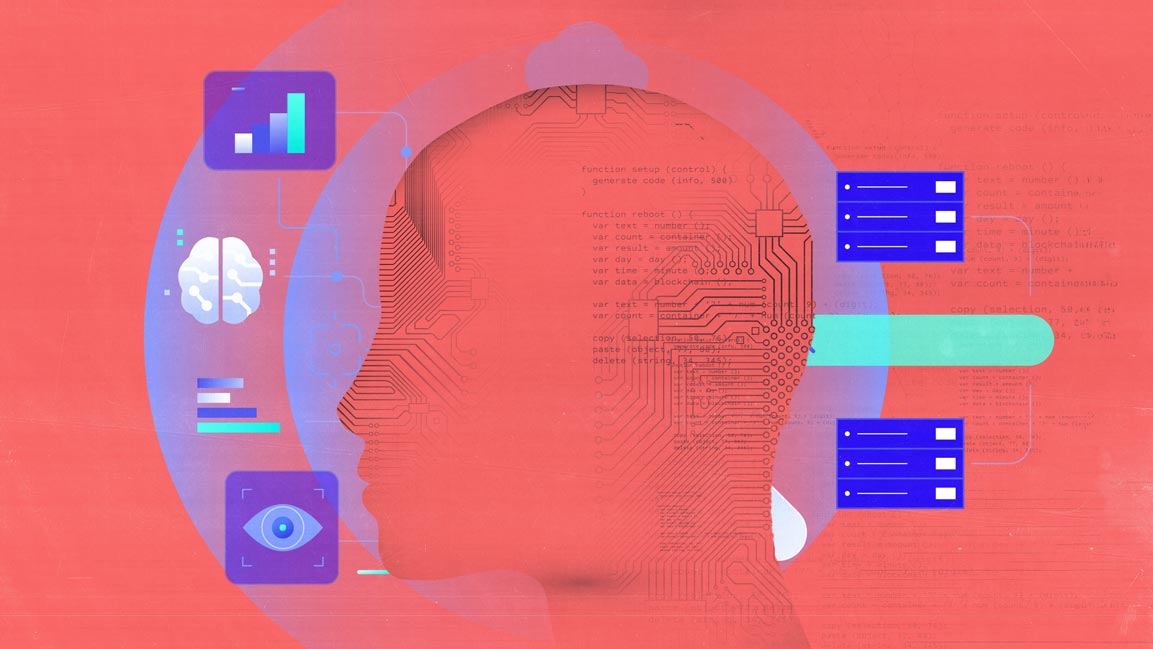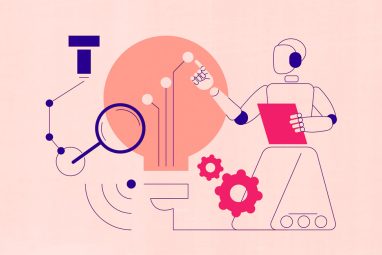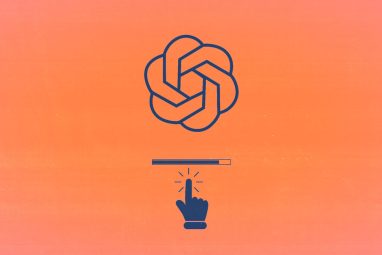How Agentic AI can Transform Workplaces in the Middle East
One of the primary challenges in deploying agentic AI is striking the right balance between autonomy and oversight.
News
- Tally Launches New Campaign for Saudi MSMEs Aligned with Vision 2030
- AWS Unveils 3 AI Agents to Streamline Software Development
- OpenAI Hits ‘Code Red’ as ChatGPT Upgrades Take Priority Over Ads
- Apple Ousts Giannandrea, Installs New AI Chief
- Gemini Named Most Culturally Aligned AI in UAE’s First-of-its-Kind Index
- UAE Approves National Encryption Policy for a Post-Quantum Shift

[Image source: Chetan Jha/MITSMR Middle East]
Across the Middle East, governments and businesses are rapidly advancing digital strategies, embracing AI not just as a tool for automation but as a catalyst for public sector modernization and workforce transformation. In this environment, agentic AI is gaining traction across industries, from energy and finance to healthcare and government sectors.
These AI agents promise radical efficiency gains, from automating workflows to surfacing intelligent insights in real time. However, as organizations race to deploy them across departments, a crucial challenge remains: the people. Experts say HR is one of the safest and most strategic domains for introducing agentic AI.
Why HR is a Strategic Starting Point
“HR processes are typically highly structured, well-documented, and governed by internal policies as well as external regulations,” says Antonio Rizzi, Area VP – Solution Consulting, South EMEA at ServiceNow.“This makes them particularly suitable for agentic AI, which relies on accessing and interpreting existing documentation, procedures, and knowledge bases to determine the steps needed to automate and resolve tasks.”
More importantly, HR is also universal. “HR platforms serve the entire employee population,” Rizzi explains. “So, introducing AI agents in this domain ensures broad visibility and impact. It’s one of the few areas where AI can touch every employee’s experience — from onboarding to benefits to training.”
One standout use case is when AI agents support employees during key life moments. “One customer built an agent that initiates HR system updates based on a photo of a birth certificate,” says Rizzi. “It then suggests next steps, like proactively applying for tax benefits or exploring parental leave. It’s a shift from reactive HR to a proactive, human-centric experience.”
AI as a Support, Not a Substitute
While AI agents can be powerful, human oversight must remain central, especially in sensitive areas like HR, compliance, and decision-making under uncertainty, says Sumeet Agrawal, VP of Product Management for Agentic AI at Informatica.
“AI agents are most effective when they handle large-scale data processing, automate routine tasks, and surface insights to support human decision-making, not replace it,” says Agrawal. “Human judgment remains essential for ethical oversight, context-sensitive decisions, and accountability.”
Agrawal cautions against weak governance, noting, “History shows that poor oversight of technology can have lasting consequences. To build trust, AI must be governed responsibly with high-quality data, transparency, and safeguards against bias and misuse.”
The IT Imperative in an Agentic Workplace
While HR defines the employee experience, IT defines the foundation on which AI agents operate. Sid Bhatia, Area VP & GM – Middle East, Turkey & Africa at Dataiku, says IT leaders must be the backbone of agentic AI success.
“Their role encompasses designing scalable infrastructure to support autonomous agents, enforcing ethical and regulatory guardrails, and ensuring seamless integration with legacy systems,” says Bhatia. “They also must prioritize security and foster organizational trust through change management.”
For scalable and explainable agentic AI, Bhatia outlines four core technical components: orchestration layers to manage workflows, modular design for flexibility, high-fidelity data pipelines, and built-in explainability tools.
Agrawal concurs, adding that thoughtful product design is key to user trust. “To address the ‘black box’ problem in AI, organizations should pair strong governance with clear UX patterns,” he says. “‘Why this result?’ prompts, decision-path visualizations, and traceable outputs help users understand how AI arrived at a conclusion. Embedding these features supports both confidence and compliance.”
Not Losing the Human Touch
One of the primary challenges in deploying agentic AI is striking the right balance between autonomy and oversight. Bhatia recommends a tiered autonomy model.
“Low-risk decisions — like routine data processing — can be fully automated,” he explains. “High-impact actions, like financial approvals, should trigger human review. And asynchronous oversight, where humans audit decisions after execution, helps maintain speed without sacrificing accountability.”
Agrawal notes that designing agents that scale efficiently and still feel personal is possible. “It requires a strong foundation of well-governed data and flexible technology platforms,” he says. “Efficient scaling depends on optimized algorithms and architecture. Meaningful personalization relies on adaptive insights and learning from user interactions.”
How to Measure Trust and Value in Agentic AI
Deploying agentic AI is only half the challenge. Measuring its impact — and trustworthiness — is equally critical.
Bhatia advises combining operational KPIs (task completion rate, latency, and error rates) with trust-focused metrics, such as audit trail completeness, explainability scores, and user adoption. “Together, these metrics provide a holistic view of agent efficacy, reliability, and alignment with enterprise goals,” he says.
Agrawal adds that transparency and traceability must be baked into AI workflows. “Immutable logging of agent decisions, inputs, and reasoning paths for post-hoc audits is a must. Continuous monitoring for drift or anomalies ensures agents stay aligned with ethical and operational standards.”
A Collaborative Future
Agentic AI has the power to transform enterprise productivity and decision-making. However, it can also alter workplace relationships and organizational culture. Getting it right means rethinking how employees interact with systems and each other.
As Rizzi puts it, agentic AI should be designed to “amplify human potential.” He adds: “Automation should help people do their best work, evolve their careers, and feel more connected to their organization.”
Agrawal agrees that AI agents are collaborators, not replacements, stating, “Strong collaboration between humans and AI, guided by clear best practices, is critical for sustainable success.”
In the Middle East’s ever-evolving enterprise landscape, those who balance technical excellence with human empathy and who align IT, HR, and business strategy will unlock AI’s potential and define the future of human-centered work.





